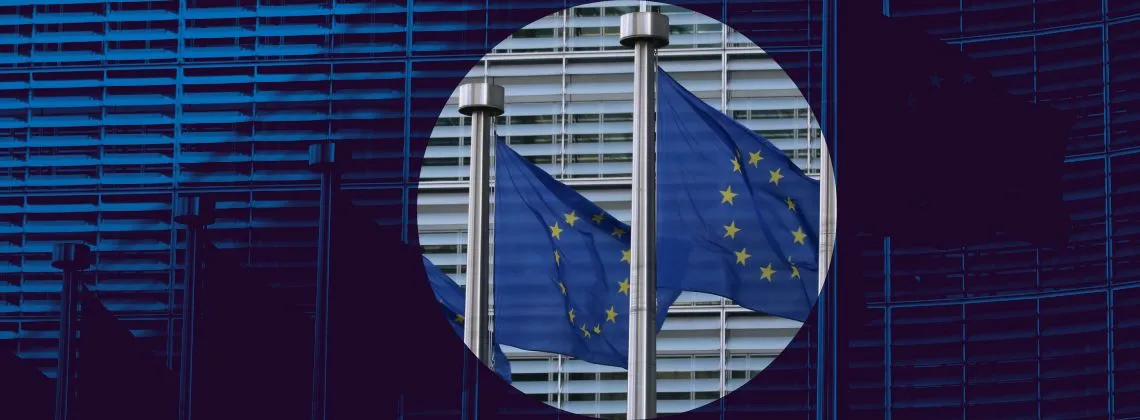News analysis
The EU’s new ESG checklist explained

The European Commission adopted the EU’s new ESG checklist at the end of July 2023. It’s a significant step in the EU’s drive for environmental transparency.
Essentially, it’s a requirement for more info and expertise from corporate leaders, fuelled by the EU’s ambitious goals for combatting climate change.
The bloc is committed to net-zero emissions by 2050 and is set on toughening standards for companies to reach that goal.
Part of this means standardised reporting procedures which are thorough and strictly enforced. This is what’s brought us the latest checklist.
What is the EU’s new ESG checklist exactly?
Officially, it is the first set of European Sustainability Report Standards (ESRS). The European Commission has designed it to support the bloc’s Corporate Sustainability Reporting Directive (CSRD).
Passed by the European Parliament in late 2022, the CSRD brings financial data, ESG information and assurance together in the EU for the first time.
Many companies based or operating in the EU are now bound to produce annual ESG reports backed by increasing amounts of data and professionally integrated with other key reports, such as financial information.
The standards approved this year give parameters to that new rulebook.
Who does the checklist affect?
“All large companies and all listed companies (except listed micro-enterprises),” according to the European Commission.
CDP, a German nonprofit running one of the world’s most extensive voluntary disclosure systems, estimates that it could be as many as 50,000.
Larger companies must adhere to the new checklist when their 2025 reports are released. Other companies have a longer period to adapt.
What will the checklist require?
It will require reporting based on the CSRD’s “double materiality” perspective. This means that all reporting is done with reference to companies’ impact on both the planet and its people.
There are 12 headings that companies will need to report on under ESRS. They are:
General requirements, general disclosures, climate, pollution, water and marine resources, biodiversity and ecosystems, resource use and circular economy, the company’s own workforce, workers in the value chain, affected communities, consumers and end users and business conduct.
Sound familiar? It’s essentially a summary of the three pillars of ESG.
Why has the checklist been developed?
In the Commission’s eyes, the checklist will introduce “common standards which will help companies to communicate and manage their sustainability performance more efficiently and therefore to have better access to sustainable finance.”
Although the EU acknowledges that its companies are getting better at reporting, they continue to criticise deficiencies that prevent the correct information from getting through.
“Problems in the quality of sustainability reporting have knock-on effects,” the Commission said in a statement.
“Investors lack a reliable overview of sustainability-related risks to which companies are exposed.”
What should European corporate leaders do about this?
This is big news for any company operating in Europe. Their future reputation within the bloc can be made or harmed based on how they conform to these standards.
Corporate leaders, therefore, should keep a close eye on what the standards require and ask two questions:
- Do the standards apply to my company?
- If so, when will my company need to start following these reporting standards?
- Can we do so by that time?
- If not, what expertise do we need at the governance level to change that?
Realistically, most European companies would have known this was coming, but many may have put it on the long-term list of priorities. That’s not a good idea at this stage.

